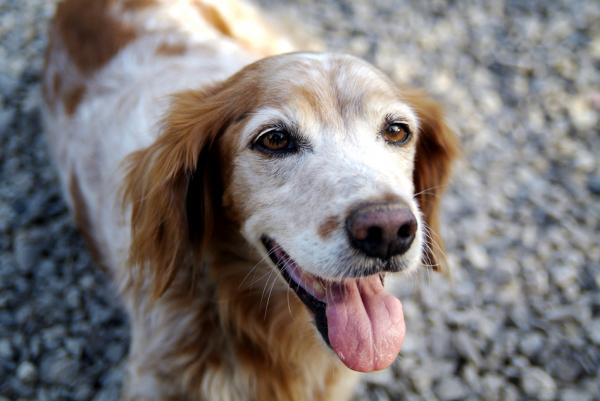Tourism and Pets - Documentation and Tips

In this section, we provide details on some recommendations and guidelines valid only for trips for non-commercial purposes and trips not involving change of ownership, and following the guidelines for trips departing from Spain.
You must keep in mind that failure to comply with the rules could lead to animals being held in quarantine, returned to their country of origin or, as a last resort, euthanized; in these cases, the animal’s owner will be responsible for the costs.
General requirements for traveling to EU Member States in 2018:
Dogs, cats and ferrets
- You can travel with a maximum of 5 animals accompanied by their owners.
- The animals must be vaccinated against rabies with an up-to-date vaccine at the time of travel.
- The animals must be properly identified by a microchip or tattoo (the tattoo must be clearly legible and have been done before 3 July 2011).
- They must have an EU Pet Passport, which will have their identification and the certificate of rabies vaccines for each of the animals.
- These requirements are also valid for trips to Andorra, Switzerland, Faroe Islands, Gibraltar, Greenland, Iceland, Liechtenstein, Monaco, Norway, San Marino and Vatican City.
- The Ministry of Agriculture, Food and Environment recommends visiting the vet at least 2 months before the trip.
Requirements for traveling to non-EU countries in 2018:
Dogs, cats and ferrets
- The animals must meet the requirements of the destination country. Entry conditions can vary depending on the destination country.
- The Ministry of Agriculture, Food and Environment recommends visiting the vet at least 3 months before the trip.
- Re-entry rules must also be complied with to return to Europe.
- If traveling to a country with a risk of rabies, animals must undergo a serological test for rabies before leaving the EU. This test must have a result of at least 0.5 IU/ml. This information will also be included in the passport by the qualified vet performing the test.
We recommend checking the Ministry of Agriculture, Food and Environment website if you have any questions and for the most up-to-date information.
Before traveling
Before the trip, once you have all the documentation in order, it is time to think about anti-nausea medication and a first-aid kit for emergencies. It is also advisable to take a recent photo of the animal in case they get lost.
Animals should not eat anything for at least 5 hours before the trip. If they experience dizziness, you could ask the vet to prescribe a tranquillizer for the trip. Never give an animal medication which has not been approved by a vet!
Before departing, it is advisable to find and make a note of the telephone numbers and addresses of the veterinary clinics nearest your destination. This will make it easier to find a veterinary clinic in the event of an emergency.
The dangers of summer
Most people go on vacation in summer. And the closer we get to summer, the more the temperature rises, reaching peaks of 40 degrees at different locations in Spain and further afield. With this in mind, it is very important to prevent our pets from experiencing possible temperature fluctuations. We must protect them from the sun and give them enough water, so they are well hydrated. The normal body temperature of a dog is approx. 39°C, and 40°C for hairless breeds. They regulate their temperature by panting, expelling heat through the evaporation of saliva. They can do this at rest and do not have to move. If the panting is not enough for proper cooling, their temperature rises about 3°C which puts their health at risk. With this rise in temperature, the panting is not enough to lower their temperature. At the same time, they will need more oxygen when they start to move, and their temperature will continue to rise. This process could lead to very serious organ disorders and even death.
Therefore, leaving your pet in the car is never a good idea! A vehicle in the shade on an extremely hot day is like an oven at maximum temperature ... and just imagine a vehicle in the sun!
Pets on the verge of a heat stroke show the following signs: agitation, rapid breathing, dry mouth and nose, red or gray mucous membranes, rapid heart rate, slow movements and being stunned. If your pet shows these symptoms, the first thing you must do is take them to as cool a place as possible and give them something to drink.
For their temperature to drop, you must also soak their head and the area around their ears with cool water (but not ice). Once they are stable, take them to the vet for a health check and for the best treatment possible.
